In today’s video, we kayak the lower Apalachicola and finish our RiverTrek 2012 adventure. We also join the Army Corps of Engineers in Apalachicola Bay, where oystermen show them the damage done by low river flows.
Subscribe to the WFSU Ecology Blog to receive more videos and articles about our local, natural areas, and subscribe to the WFSU Ecology Youtube Channel
Rob Diaz de Villegas WFSU-TV
Did you enjoy Part 2 but haven’t seen Part 1 yet? Watch it here.
In the video above, I say something like “and just like that, RiverTrek was over.” Except, for me, it kept going on for another month as I edited two video segments. This post is the end of my RiverTrek 2012 experience (edit 9-13-18- I ended up having a few more RiverTrek adventures). I’ll end it by writing an update from our last day on the trip. I did updates every other day, but on this day, I was reunited with my wife, Amy, and one year old son Max. We had dinner in Apalachicola and then drove home to Tallahassee, and so I didn’t end up writing that day’s post.
It was on our last lunch of the trip. As you can see, we aren’t stretched out on a wide sandbar. We stopped seeing those midway through Day 4, just south of Sand Mountain at Mile Marker 36. We’re in the river delta now. It’s flatter, and we keep passing waterways that branch off from or join the main channel. And it’s swampier here.
We had to do a little scouting to find a spot where we could all sit somewhat comfortably.
As I paddled in, I brushed against a low branch and found myself snagged on something. Once I noticed what it was, my brain was slow to sort out the correct order of action, which was to stop the kayak and THEN remove the hook. You see these hooks hanging off of low branches along the lower half of the river, often marked with a fluorescent flag to avoid such incidents. I had even gotten footage of a few of them. When Georgia heard that I had been snagged, she gleefully asked “was there any blood?” I guess that’s what I get for making her pose with a bloody finger and the hook that got her and then posting it here a couple of months ago. No blood though, it just snagged my shirt.
I wasn’t the only one with a close call on our lunch break:
Bryan Desloge once again flaunted his uncanny ability to startle venomous snakes. This one had been hanging out under the log where Bryan chose to eat his lunch. When Bryan sat down, it slithered by his feet to hide in the brush. The paddlers among us who were knowledgeable about snakes had a hard time identifying it, feeling that looked like a cottonmouth but that the coloration was wrong. Had Bryan discovered a new subspecies? After the trip, Doug Alderson wrote no less of a snake expert than Dr. Bruce Means, who confirmed that it was a cottonmouth. “That drab, rusty/muddy color on a cottonmouth is pretty common in muddy rivers.” wrote Dr. Means, “I see it a lot in [the] Apalachicola, Choctawhatchee, and Escambia rivers. I think it is dried silt on the snake’s back. When I catch one and wet it, the natural colors come out but then the snake
gets drab again when dry.”
We ended lunch by looking at these tracks in the sand. These were even more difficult to identify than the snake. Consulting his field guide, Doug concluded that they were mink tracks. It was surprising to most of us that mink lived along the Apalachicola, but that just goes to show you why it’s considered a biodiversity hotspot.
So now, a month later, RiverTrek is over but the problems in the river, basin, and bay remain. As my In the Grass, On the Reef collaborator Dr. David Kimbro gears up to further investigate the oyster reefs in the bay, our focus when it comes to Apalachicola will shift there. But while our primary area of concern is estuarine ecosystems, our EcoAdventure segments do lead us inland and up rivers. So, we’re likely to be back on the River on this blog (Here are those stories).
Related Links
For more information on the Apalachicola RiverKeeper, visit their web site. (They’re also on Facebook).
The Army Corps of Engineers is updating the Apalachicola/ Chattahoochee/ Flint Master Water Control Manual, and they are taking public input. You can let your voice be heard here.
The Franklin County Promise Coalition is coordinating aide efforts for families that are being affected in Franklin County through their Bay Aid program. As Dan Tonsmeire told us in his original interview with us back in August, over half of the residents of Franklin County depend on the river for their livelihoods. Learn more about volunteering and other Bay Aid opportunities here.
In the Grass, On the Reef is funded by the National Science Foundation.
We want to hear from you! Add your question or comment.
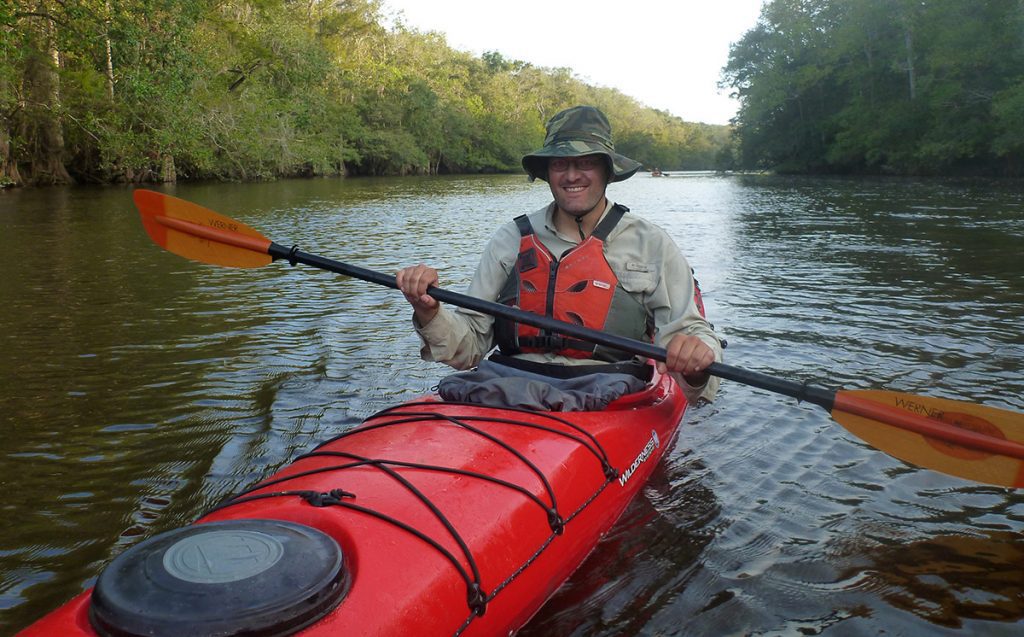
WFSU producer Rob Diaz de Villegas prepares to set off from Owl Creek on the morning of RiverTrek day 5.

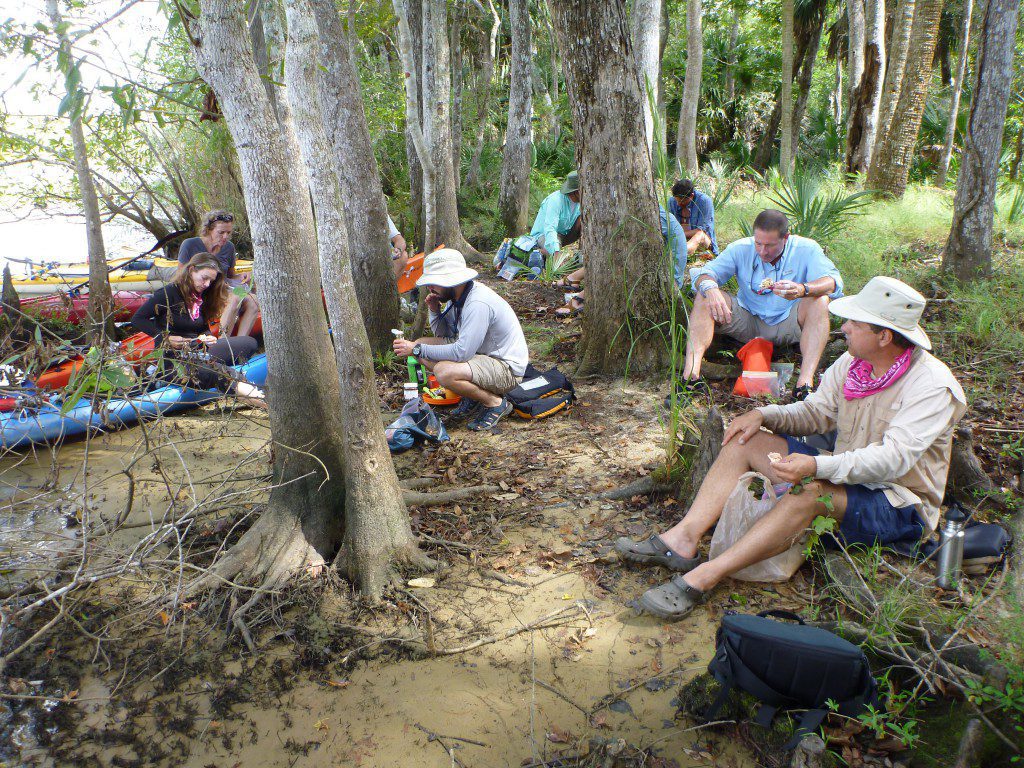
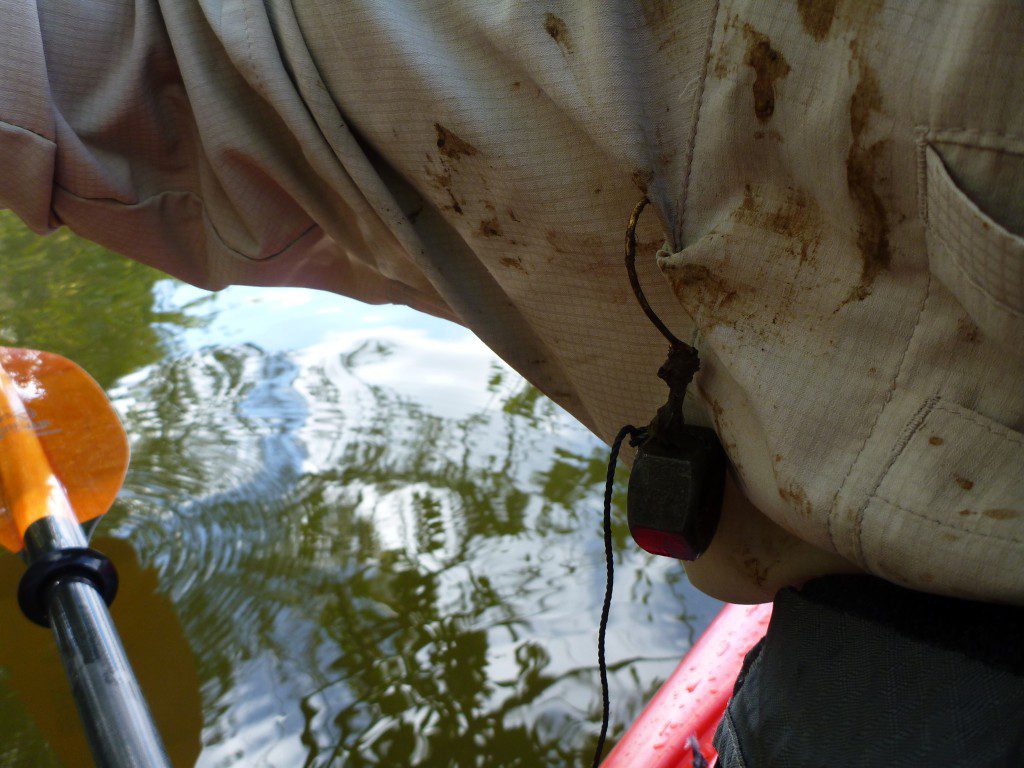
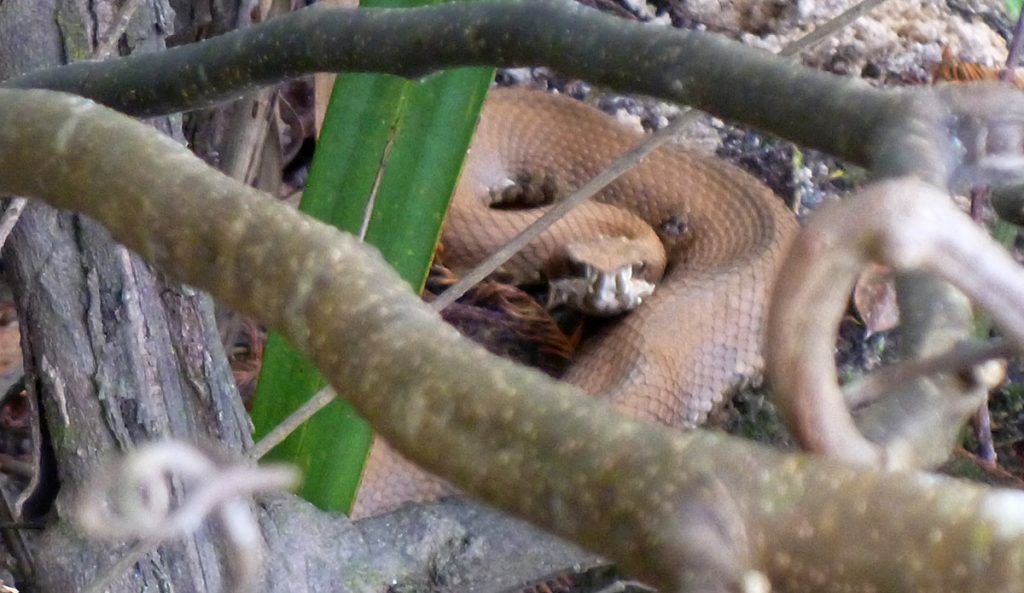
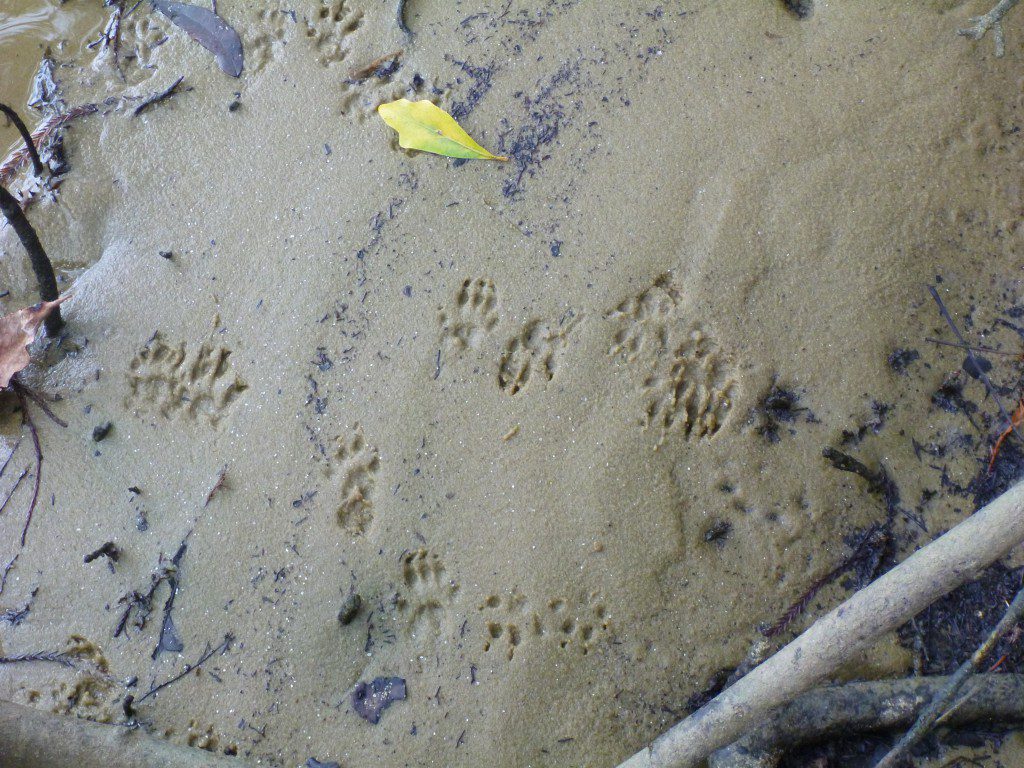
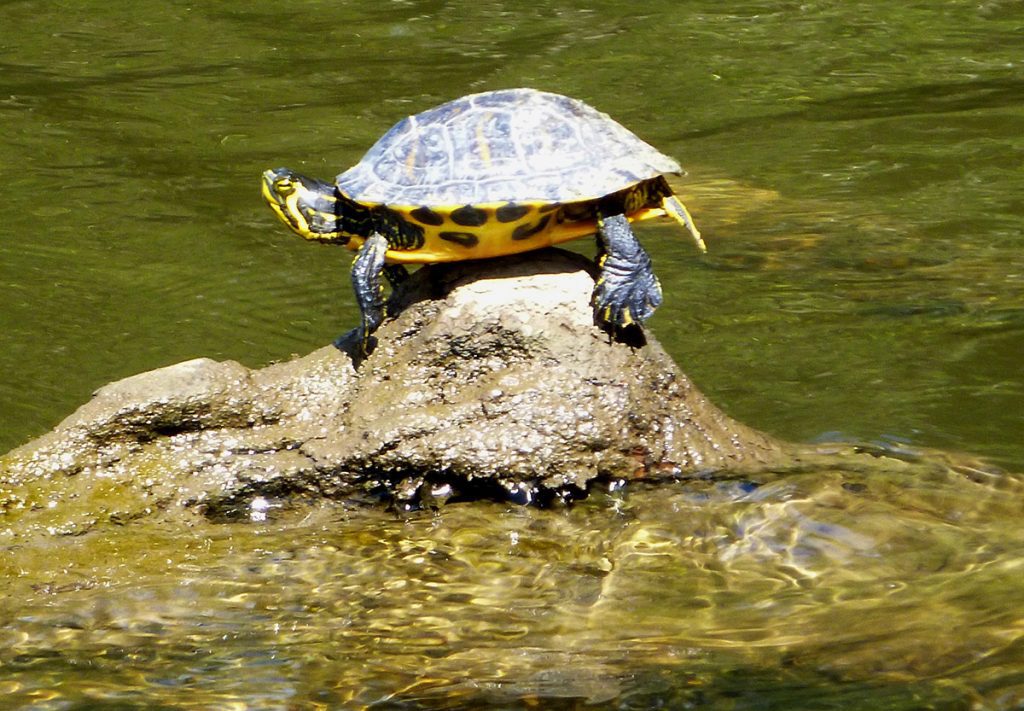
4 comments
[…] 2 of our RiverTrek adventure is now live. You can watch it here. RiverTrekkers climb into Means Creek, named for biologist Bruce […]
I was born in Apalachicola, my daddy was an oysterman and fisherman. I used to go out with him. The seafood was plentiful but I am 61 years old now. Some of my family is still there so I keep up with the news. I really enjoyed keeping up with your trip, hope something can be done about the water supply. The way of life as I knew it has changed drastically, the Corps of Engineers need to get it and so does congress. Thanks guys for all that you are doing. Vicy Bryant Mclane
I did watch part one, I love the scenery, makes me want to go home right now. Thanks
[…] on an oyster boat didn’t exactly go that way. As the year wore on, I started planning for RiverTrek 2012. That was every bit as amazing an experience as I expected it to be, but Helen Light’s […]
Comments are closed.